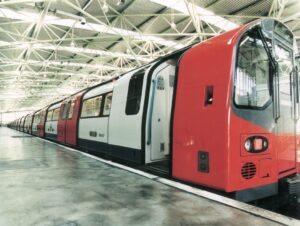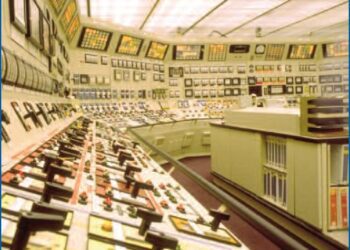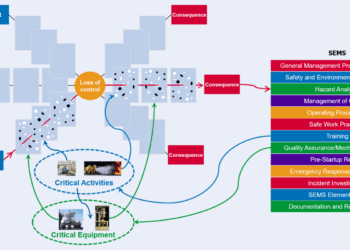Sending the right signals – new signalling technology for the Jubilee Line

On 23 June 2011, a new signalling technology, known as ‘moving block’, was quietly enabled on the Jubilee Line of the London Underground. While passengers may have been oblivious to this change, the new technology allows the number of trains per hour to increase and journey times to reduce without changing the existing infrastructure – an improvement that will come into its own during the 2012 Olympics.
ON THE MOVE
A moving block signalling system has a number of advantages over a traditional fixed block system. A fixed block system relies on track circuits or axle counters to confirm when a train has left a defined section of track (the block) before allowing another train into that area. The block sizes or, equivalently, the number of clear blocks required between trains depends predominantly on the line speed and braking distances. A moving block system, on the other hand, can adjust train separation in real time – the control system provides a braking curve [see Fig 1] and movement authority to a train based upon its reported location, speed and the distance to the train ahead. The system allows trains to run closer together and reduces train waiting time, while ensuring a minimum safe braking distance between trains is maintained, so trains can brake to a stop before reaching the train in front.
The new Transmission Based Train Control (TBTC) system on the Jubilee Line was developed by Thales UK, with safety and assurance support from Risktec Solutions.
On the Jubilee Line, the TBTC system consists of five Vehicle Control Centres (VCCs), which manage five sections of the line, and communicate with one normal and one standby Vehicle On-Board Computer (VOBC) on each train. A failsafe design ensures that on failure of a VCC or VOBC or loss of communication, the brakes engage automatically.

Figure 1 – Moving block braking curves
OPERATIONAL CHALLENGE
Previous applications of the moving block signalling system have been on green field sites, such as for the KCRC network in Hong Kong, Docklands Light Railway in London, Las Vegas Monorail, and the Vancouver Skytrain, from which the generic baseline was developed. The challenge with the Jubilee Line was to install, test and commission the TBTC system on an operating railway, having modified the system to meet the operational needs of London Underground.
TESTING SOLUTION
To limit the disruption to tube operations, the TBTC was installed initially on just one section of the line. Testing was constrained to night-time and weekends, when signalling would be switched from the existing fixed block system to the TBTC system. Moving block signalling was successfully introduced into service for this section of line in December 2010, whilst testing continued on the remaining section. This transitional period brought its own challenges, since trains had to switch from the fixed to the moving block system as they crossed between line sections. The added potential for loss of signal control resulted in specific alarms, protection devices and failsafe braking systems at the shared boundary.
To reduce the potential for human error, each line section was also segregated from the other, in terms of signalling hardware, control room staff, maintenance crews and testers.
ALL SYSTEMS GO
The TBTC system has been fully operational along the length of the Jubilee Line since June 2011, and has lived up to its promises, delivering increased capacity and shorter journey times, while demonstrating its reliability. What’s more, TBTC is now being rolled out to the Northern Line.
This article first appeared in RISKworld Issue 20








